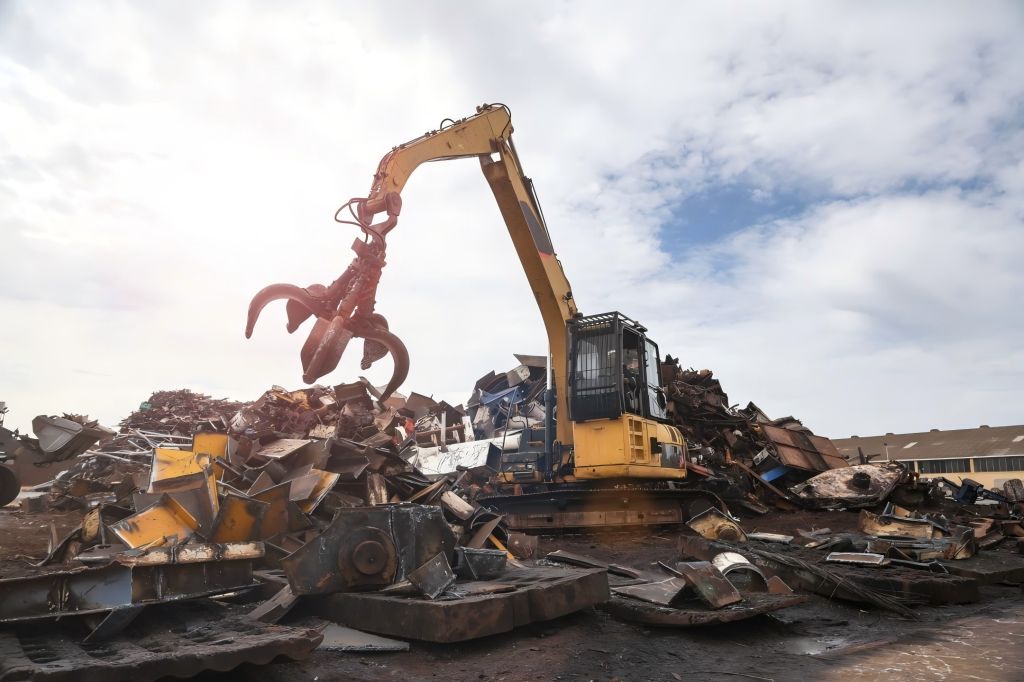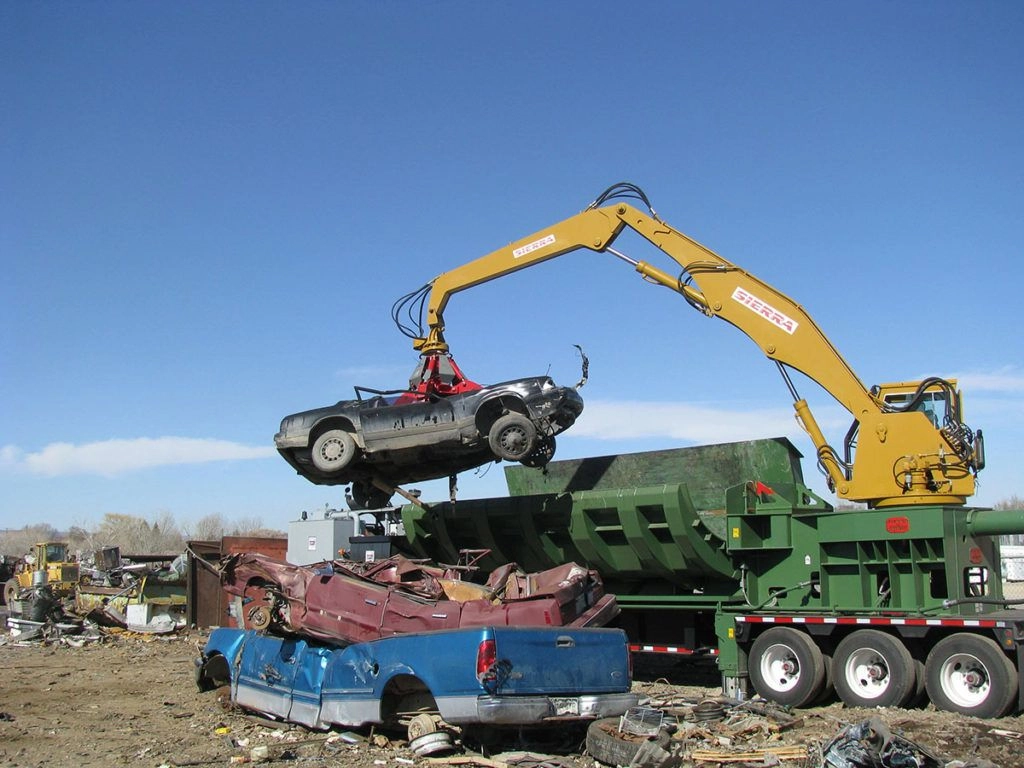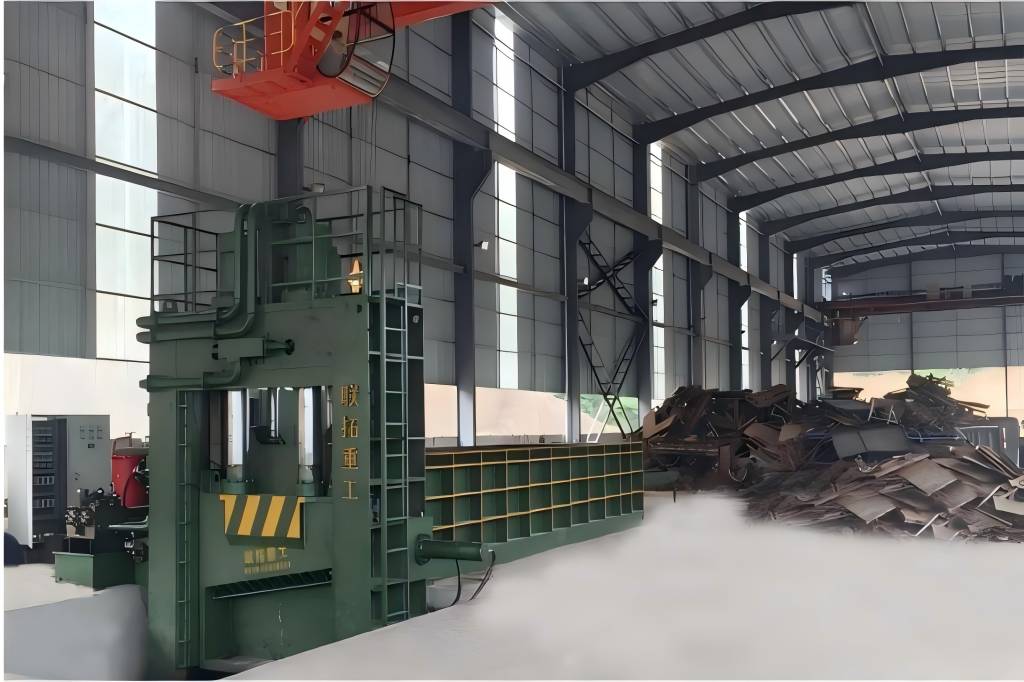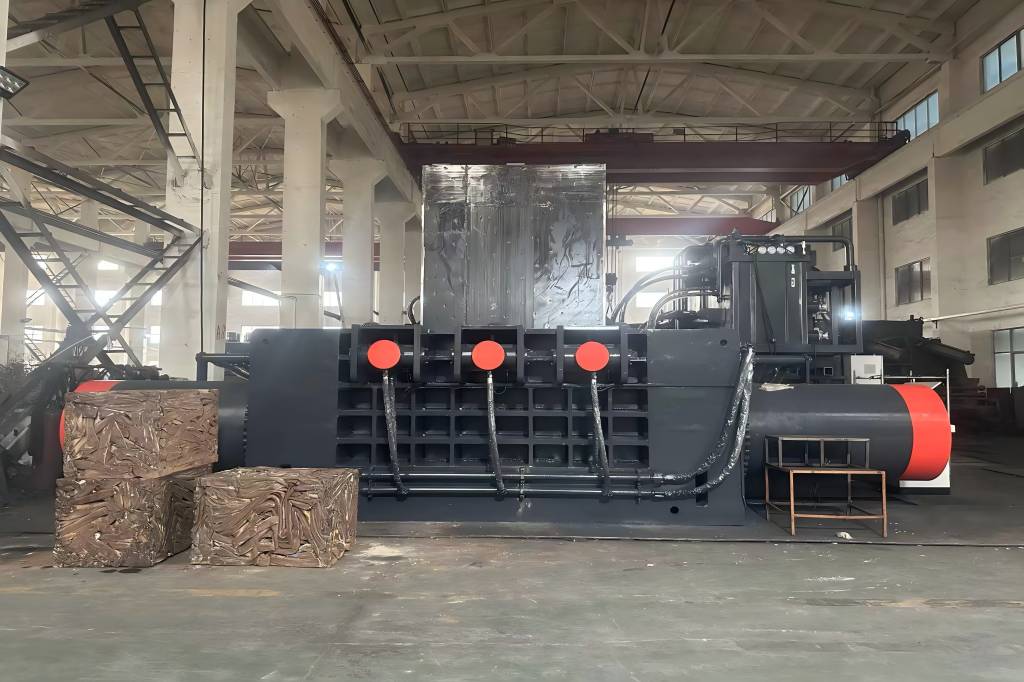The scrap metal recycling market is poised for substantial growth, driven by a mix of economic, environmental, and industrial factors. With increasing attention on sustainable practices and resource efficiency, scrap metal recycling has become a critical sector in the global push for a circular economy.
As businesses, governments, and consumers place greater emphasis on reducing waste and conserving resources, scrap metal recycling is anticipated to see expanded investments, technological innovations, and robust demand across industries.
Market Overview: The Increasing Significance of Recycling Scrap Metal
Over the past ten years, the global industry for recycling scrap metal has grown steadily. Recycling scrap metal offers significant advantages, including reduced energy consumption, decreased environmental impact, and lower costs for manufacturers.
Metals such as brass, copper, steel, and aluminum are perfect for reuse in a variety of applications because they can be recycled again without losing their qualities. As industries ranging from construction to automotive and electronics continue to grow, the demand for recycled metal is expected to rise.
The scrap metal recycling sector is expected to develop at a compound annual growth rate (CAGR) of roughly 5–6% through 2030, per recent market reports. This growth is primarily driven by urbanization, increased manufacturing, and environmental regulations that encourage sustainable practices.
The market’s expansion is also supported by technological advancements in sorting and processing, which improve recycling efficiency and make it easier to recover high-quality metals.
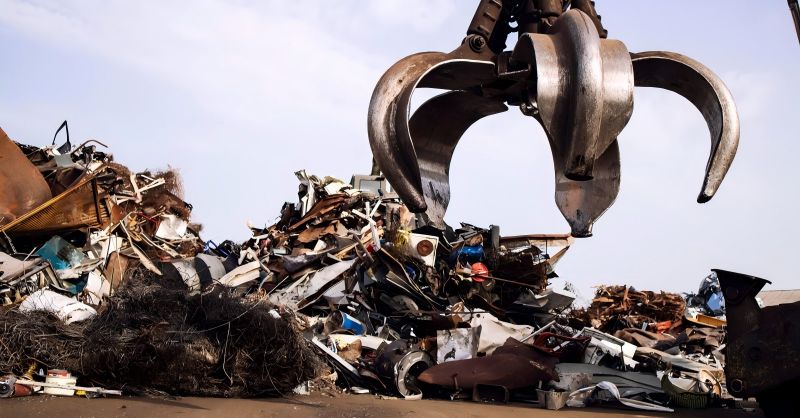
Important Trends Affecting the Market for Scrap Metal Recycling
Several key trends are driving the growth of the scrap metal recycling market, including the shift toward a circular economy, rising commodity prices, and advancements in recycling technology.
Shift Toward a Circular Economy
The idea of a circular economy has gained popularity as nations and businesses look to reduce waste and prolong the life of commodities. Resources are used for as long as feasible in a circular economy, and recycling, repurposing, and reuse reduce waste.
Scrap metal recycling is central to this approach, as it allows valuable materials to be reclaimed and reused without the need for new resource extraction.
Governments and businesses are increasingly adopting policies to support circular economy practices, including tax incentives, grants, and regulations that promote recycling.
For example, the European Union has established a Circular Economy Action Plan that mandates recycling targets and resource recovery initiatives. In the United States, cities and states are implementing recycling programs, while businesses are adopting closed-loop production models to reduce waste. These initiatives are expected to boost the demand for recycled metal and create new opportunities for the scrap metal recycling industry.
Rising Commodity Prices
Due to a number of causes, including changes in trade regulations, supply chain interruptions, and rising demand for raw materials, metal prices have varied dramatically in recent years. Rising prices for metals like aluminum, copper, and steel make recycled metals an attractive alternative for manufacturers seeking to control production costs. Recycling scrap metal is generally less expensive than mining and processing virgin materials, making it an economically viable option for industries.
For instance, aluminum prices have surged due to supply constraints and growing demand, leading manufacturers to turn to recycled aluminum as a cost-effective solution. Similar to this, the growth of the electric vehicle (EV) and renewable energy sectors has raised demand for copper because these sectors need large quantities of copper for wiring and other components. As commodity prices remain volatile, recycling becomes an essential strategy for mitigating costs and ensuring a stable supply of metals.
Technological Advancements in Recycling Processes
Technology is revolutionizing the market for recycling waste metal. Innovations in sorting, shredding, and processing have made it possible to recycle metals more efficiently and with higher purity. High-tech methods, including X-ray fluorescence (XRF) and laser-induced breakdown spectroscopy (LIBS), are applied to accurately detect and sort metals, thereby enhancing the quality of recycled materials.
Additionally, recycling facilities are increasingly relying on automation and artificial intelligence (AI). Compared to manual operations, automated systems with AI-driven sorting algorithms may recognize and separate items more quickly, boosting throughput and lowering labor costs. These technologies are particularly valuable for mixed-metal recycling, where different types of metals need to be sorted and processed separately.
| Technology | Impact on Recycling |
| X-ray fluorescence (XRF) | Identifies and sorts metals based on their chemical composition |
| Laser-induced breakdown spectroscopy (LIBS) | Enables precise metal identification and separation |
| AI-driven sorting | Automates sorting processes, increasing efficiency |
| Robotics and automation | Reduces labor costs and improves recycling facility throughput |
Technological advancements are expected to continue driving growth in the scrap metal recycling market, enabling companies to meet rising demand while maintaining cost efficiency and environmental benefits.
Factors Affecting the Market for Recycling Scrap Metal
Several growth drivers are fueling the expansion of the scrap metal recycling market, including environmental regulations, the demand for sustainable materials, and increased recycling rates in key sectors.
1. Environmental Regulations
Environmental regulations are a major catalyst for growth in the scrap metal recycling market. Governments all throughout the world are putting rules into place to limit landfill waste, save resources, and lower carbon emissions.
Recycling metal is a greener option since it eliminates the need for energy-intensive mining and processing. Recycling aluminum, for example, can save the energy required to produce new aluminum from raw ore by up to 95%.
To promote recycling and resource conservation, nations like the US, Canada, Japan, and EU countries have introduced laws. These regulations not only support the growth of the scrap metal recycling market but also promote the use of recycled materials in construction, automotive, and electronics manufacturing. As environmental concerns continue to influence policy, the demand for scrap metal recycling is likely to grow.
2. Demand for Sustainable Materials in Manufacturing
There is an increasing need for sustainable materials as businesses and consumers become more aware of their impact on the environment. In order to lower their carbon footprint and attract eco-aware customers, manufacturers across a range of industries are using recycled metal into their goods.
The automotive industry, for example, is increasingly using recycled steel and aluminum in vehicle production to meet fuel efficiency and emissions standards.
The electronics industry also relies on recycled metals, particularly rare and valuable metals like gold, silver, and palladium. As electronic devices become more prevalent and the need for sustainable solutions grows, recycling will play a vital role in ensuring a steady supply of metals for electronic manufacturing. It is anticipated that as businesses look to incorporate sustainability into their operations, this trend will help the scrap metal recycling market expand.
3. Higher Recycling Rates in Infrastructure and Building Projects
Since steel and aluminum are used in construction projects, the industry is one of the biggest users of recovered metals. Infrastructure projects, particularly in developed and developing countries, drive significant demand for these metals. Many construction companies are opting for recycled metals to meet sustainability goals and reduce costs, as recycled materials are often more affordable than new ones.
The demand for recycled metals is anticipated to rise as a result of infrastructure projects like the U.S. Infrastructure Investment and Jobs Act, which allots billions of dollars to projects for public transportation, roads, and bridges.Additionally, the global emphasis on green building practices is encouraging the use of sustainable materials, further supporting the growth of the scrap metal recycling market.
Challenges Facing the Scrap Metal Recycling Market
Despite its growth potential, the scrap metal recycling market faces several challenges. One of the main issues is the high cost of advanced recycling technology, which can be prohibitive for smaller recycling facilities. Additionally, contamination in recycling streams remains a problem, affecting the quality of recycled metals and reducing their market value. In order to overcome these obstacles, industry-wide initiatives to raise sorting and processing standards as well as ongoing research and development expenditures will be necessary.
Another challenge is the fluctuating prices of scrap metal, which can impact the profitability of recycling companies. While high metal prices drive demand for recycled materials, price volatility can make it difficult for recyclers to maintain consistent revenue. Government support, such as subsidies or grants for recycling facilities, could help stabilize the market and encourage more companies to invest in recycling technology.
The Market for Scrap Metal Recycling’s Future
The market for recycling scrap metal is poised for sustained expansion, bolstered by developments in technology, sustainability trends, and the growing need for recovered materials. As industries adopt circular economy principles and consumers demand environmentally friendly products, scrap metal recycling will play a vital role in reducing waste and conserving resources.
In the years to come, the market is expected to benefit from further innovations in recycling technology, as well as stronger environmental regulations and corporate sustainability initiatives. With the potential to create economic, environmental, and social benefits, the scrap metal recycling industry is set to remain an essential part of the global effort toward a greener, more sustainable future.
The growth trajectory of the scrap metal recycling market suggests a promising future, where resource conservation and waste reduction become integral to modern industry practices.

